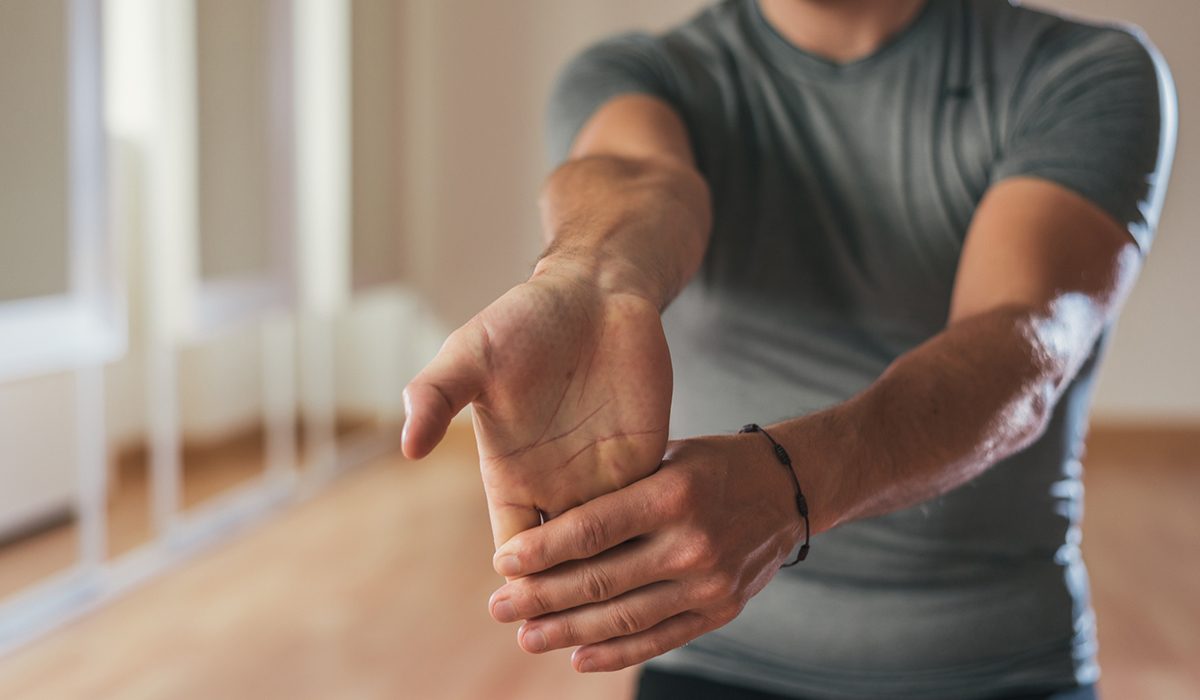Understanding the Importance of Flexibility
Flexibility, the ability of our muscles and joints to move through their full range of motion, is crucial for maintaining mobility and preventing injuries. However, as we age, our muscles tend to become tighter, and our joints may lose some of their flexibility. This can lead to stiffness, reduced mobility, and an increased risk of injuries such as strains, sprains, and muscle tears.
Benefits of Daily Stretching for Injury Prevention
Daily stretching plays a pivotal role in maintaining and improving flexibility, thus reducing the risk of injuries, particularly among adults over 40. By incorporating stretching exercises into their daily routine, individuals can enhance muscle elasticity, improve joint mobility, and alleviate muscle tension. This, in turn, helps to prevent injuries by ensuring that muscles and joints are better prepared for physical activity and less susceptible to strains or tears.
Specific Stretching Techniques for Adults
For adults, it’s essential to focus on stretching exercises that target key muscle groups prone to tightness and stiffness. These may include stretches for the hamstrings, quadriceps, hip flexors, lower back, shoulders, and calves. Incorporating dynamic stretching, such as leg swings and arm circles, can also help improve joint mobility and warm up the body before exercise.
Reducing the Risk of Chronic Conditions Through Stretching
In addition to preventing injuries, daily stretching can also contribute to reducing the risk of chronic conditions that commonly affect adults over 40. Regular stretching can help improve circulation, reduce muscle tension, and alleviate joint pain associated with conditions such as osteoarthritis and rheumatoid arthritis. Furthermore, by promoting relaxation and stress relief, stretching can have a positive impact on overall mental and emotional well-being.
Examples and Illustrations of Stretching Exercises
To better illustrate the benefits of daily stretching, let’s consider a few examples of stretching exercises:

Hamstring Stretch
Sit on the floor with one leg extended and the other bent. Reach towards the toes of the extended leg, keeping the back straight. Hold for 30 seconds and switch sides.

Quadriceps Stretch
Stand upright and bend one knee, bringing the foot towards the buttocks. Hold the ankle with one hand and gently pull towards the buttocks until you feel a stretch in the front of the thigh. Hold for 30 seconds and switch sides.

Deltoid Stretch
Stand or sit tall and reach one arm across the body. Use the opposite hand to gently pull the arm towards the chest until you feel a stretch in the shoulder. Hold for 30 seconds and switch sides.
In conclusion, daily stretching is a fundamental practice for adults seeking to maintain flexibility, prevent injuries, and reduce the risk of chronic conditions. By incorporating stretching exercises into their daily routine, individuals can enhance muscle elasticity, improve joint mobility, and enjoy a higher quality of life. Remember to consult with a healthcare professional before starting any new exercise program, especially if you have any existing health conditions.
References
- Szymanski DJ, et al. Stretching: Mechanisms and Benefits for Sport Performance and Injury Prevention. Strength Cond J.
- American College of Sports Medicine. ACSM’s Guidelines for Exercise Testing and Prescription. Wolters Kluwer Health.
- Shrier I. Does Stretching Improve Performance? A Systematic and Critical Review of the Literature. Clin J Sport Med.
- Herbert RD, et al. Stretching to Prevent or Reduce Muscle Soreness After Exercise. Cochrane Database Syst Rev.
- Peck E, et al. The Effects of Stretching on Performance. Curr Sports Med Rep.
- Nelson AG, et al. Chronic Stretching and Adaptations in Musculoskeletal Health. J Strength Cond Res.
- Reynolds G. Stretching: The Truth. The New York Times.


